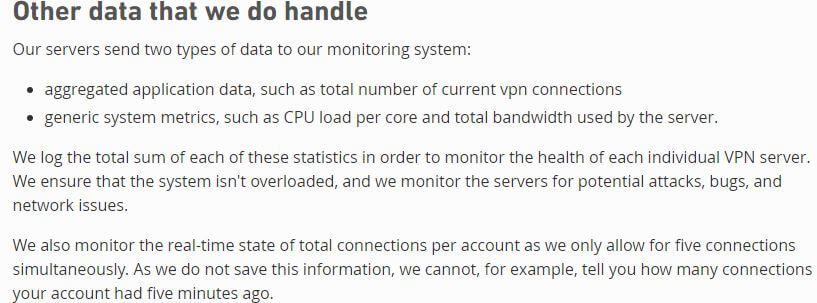

Visit Mullvad VPN to learn more about the features Not great for unblocking popular streaming services.This matches the public IP of our WireGuard server, so our setup seems to work perfectly. Testingįrom this point on, we connect a device to our new VLAN and test the connection: curl So to get DNS working you'll have to use the public Mullvad DNS servers in your DHCP config and do not have access to thei ad-blocking ones. Sadly, as of RouterOS v7, MikroTik does not allow DNS server on a per-interface basis. Important: Do not forget that you need to NAT the traffic from the special VLAN: /ip/firewall/nat/add chain=srcnat out-interface=mullvad-upstream action=masquerade You can see it however in the terminal or via WinBox.Īfterwards, we'll add a route in this new table that routes everything through the Mullvad server: /ip/route/add dst-address=0.0.0.0/0 gateway=10.124.0.4 routing-table=mullvad Then, we'll create a routing rule so that all packages coming from the specified VLAN will only be handled by the custom routing table: /routing/rule/add routing-mark=mullvad action=lookup-only-in-table table=mullvadīeware: For some godforsaken reason, the RouterOS web interface does not show this rule. ip/firewall/mangle/add chain=prerouting in-interface=mullvad action=mark-routing new-routing-mark=mullvad Instead, all packets coming from our special VLAN will use a custom routing table called mullvad: /routing/table/add name=mullvad fib Some other posts suggest using VRF, but this isn't even necessary. While this seemed difficult at first, it really wasn't. This (currently) resolves to 10.124.0.4 using any public resolver: /ip/address/add address=10.67.7.126 network=10.124.0.4 interface=mullvad-upstream We head to, select our server, and take a note of the "SOCKS5 Proxy Address", in our example :1080. Luckily, their SOCKS5 addresses are available, and seem to match the WireGuard ones. The provided one is only valid for nl1.Īt this point there was the biggest difficulty: To set the address of the router's mullvad-upstream correctly, you need to find out which network Mullvad uses internally. Also, remember to exchange the server's public key for the appropriate one. Remember to quote your keys, otherwise the = sign messes up the command. interface/wireguard/peers/add allowed-address=0.0.0.0/0,::/0 endpoint-address=193.32.249.66 endpoint-port=51820 interface=mullvad-upstream public-key="UrQiI9ISdPPzd4ARw1NHOPKKvKvxUhjwRjaI0JpJFgM=" We'll transform this into MikroTik commands: /interface/wireguard/add private-key="#privkey#" name=mullvad-upstream PublicKey = UrQiI9ISdPPzd4ARw1NHOPKKvKvxUhjwRjaI0JpJFgM=
MULLVAD SOCKS5 DOWNLOAD
Just generate it in the web interface and download the appropriate config file for your preferred server. ip/address/add address=10.0.60.1/24 network=10.0.60.0 interface=mullvadįor this step you'll have to access to generate a WireGuard key pair. interface/vlan/add vlan-id=60 interface=bridge1 name=mullvad In my case this VLAN is called mullvad and the router has the address 10.0.60.1/24 for that VLAN. The first step consists of creating the VLAN that should access the internet via the VPN.

Please read, understand and if necessary modify these commands before blindly copy-pasting them into your terminal.Īll of these settings are also manageable through the web/WinBox interface and should have the same names. Beware that this article contains some custom Mullvad magic though. In theory this should work with all VPN providers that allow you to connect via WireGuard, which seem to be most of them. There are some guides to do this online, but they all seem overly complicated, using VRFs, or unnecessary many firewall rules. My use case are a special guest WiFi for clients I don't trust as much, but also services like Radarr. Today I spent a few hours getting a VLAN to work that routes via Mullvad to the Internet.


 0 kommentar(er)
0 kommentar(er)
